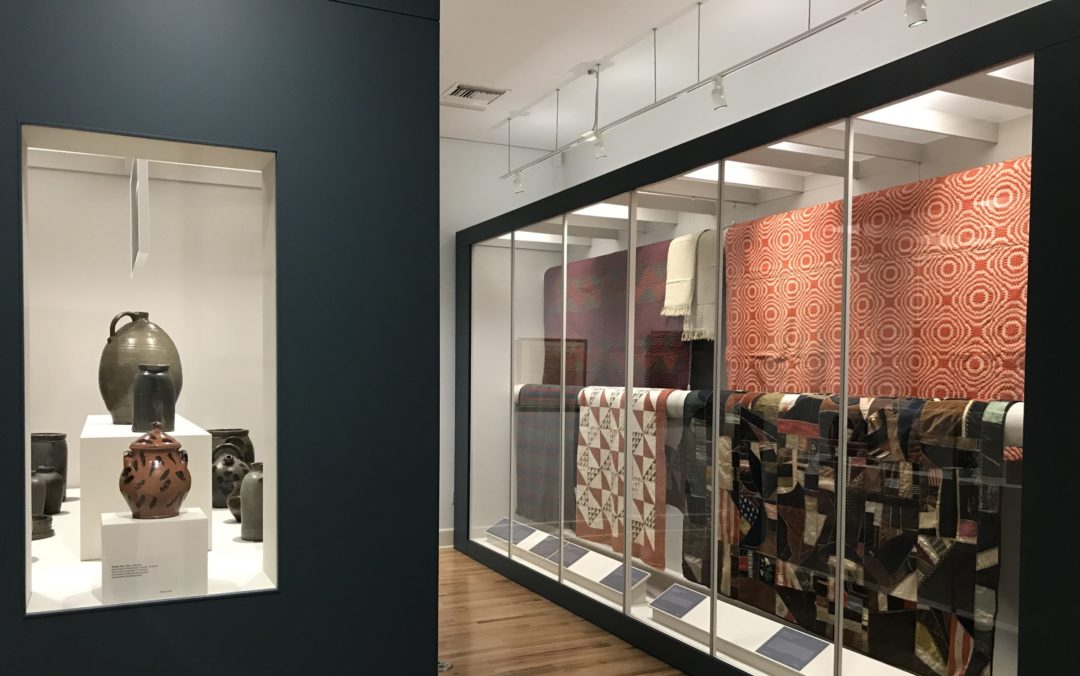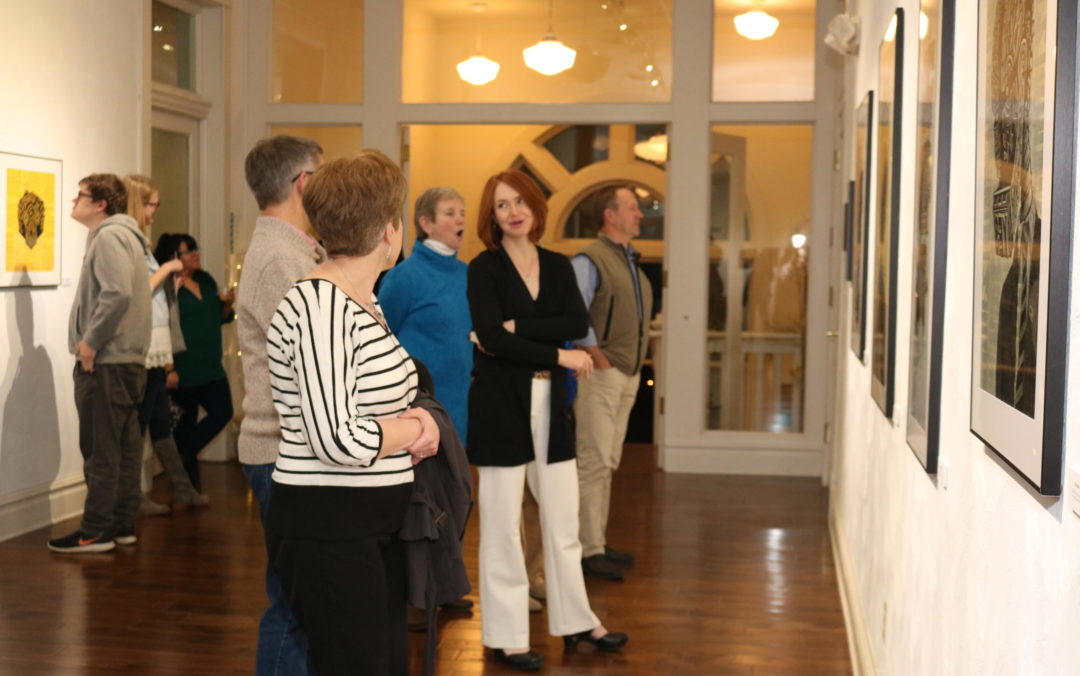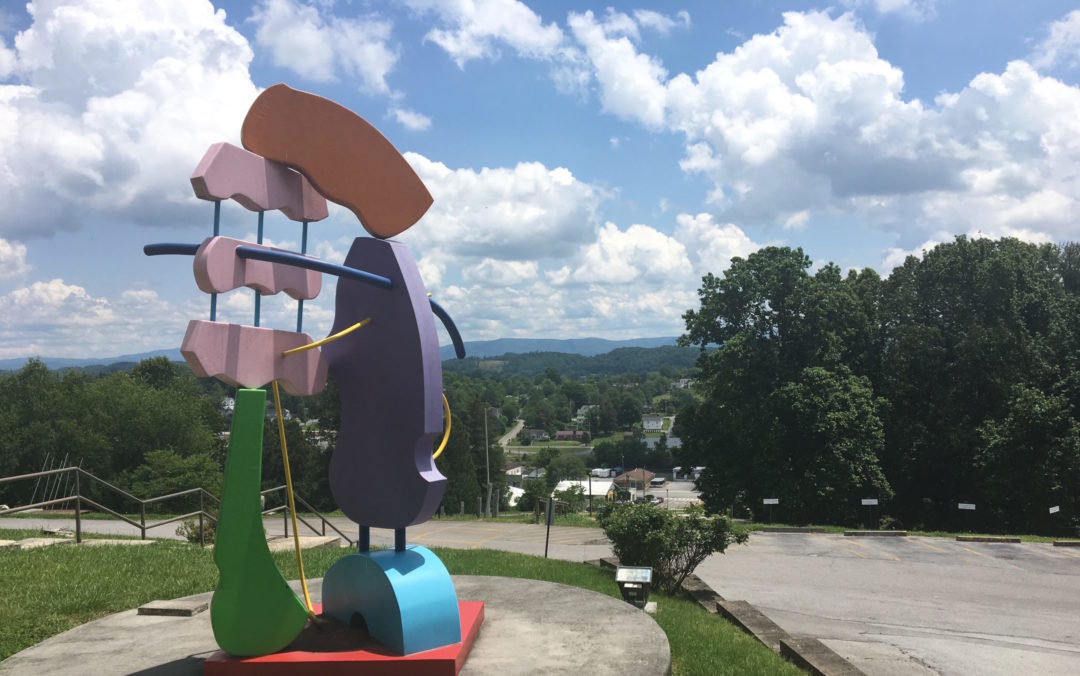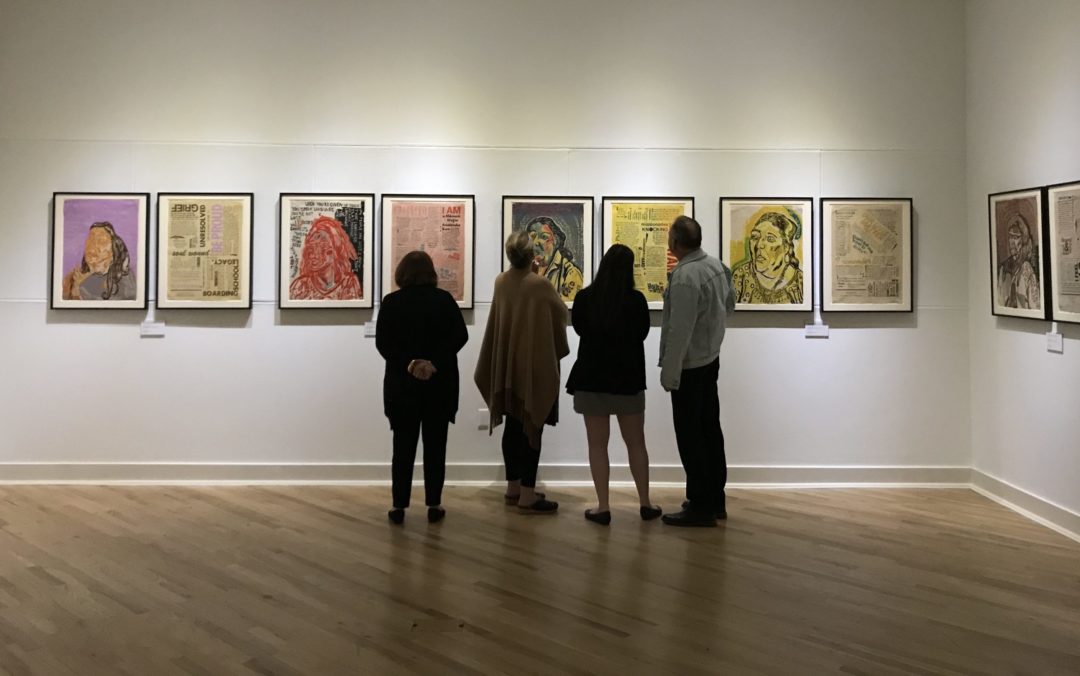Betsy K. White Cultural Heritage Gallery
July 01, 2008 - April 01, 2018Open Year Round

Exhibit Details
The decorative arts legacy of Southwest Virginia and Northeast Tennessee developed against the backdrop of European settlement of Virginia’s frontier – really America’s frontier. Prior to the middle of the 18th century, the Blue Ridge Mountains formed a steep barrier to settlement of Virginia’s great valley that lay just beyond it. It wasn’t until the end of that century that it reached all the way to what is today Southwest Virginia and Northeast Tennessee.
Transportation was the key to settlement, and the primary migration route was the Great Philadelphia Wagon Road. It wound from Philadelphia through the valley, taking on new names as it did – the Great Valley Road, the Stage Road, and locally, the Great Road. It was a great migration and comprised of multiple immigrants, with Scots-Irish and German being the main settler groups. Before it was over 250,000 people had traveled down the Great Road seeking a new life in America. Artisans soon followed, meeting the market needs of a new frontier economy that supplied everything from furniture and pottery to guns and metalwork.
Brisk trades were established early around towns that bordered the Great Road. In Southwest Virginia and Northeast Tennessee, Abingdon, Jonesborough, Greeneville, and Rogersville became thriving centers of commerce. The new artisan culture responded to the market and to two other factors: makers and settlers alike arrived with a learned sense of style and preference, and artisans moved around, continuing the process of acquiring new techniques to suit the changing market. Many had learned their trades in the Philadelphia or Baltimore area before moving south and west down the Valley of Virginia. Some stayed here for generations while others kept moving west into Kentucky and beyond, and some even doubled back again. What emerged was a lively blend of fashion, tradition, and market preference, a regional look that has become known as Great Road Style.
Explore Exhibits

Upcoming Exhibits
WKMA continually brings new and exciting exhibits and artists to the museum experience. Explore what's next for us.

Permanent Collection
View works from our Permanent Collection of art, part of the WKMA experience year round, featuring our most enduring pieces.

Sculpture Garden
The Sculpture Garden is a beautiful part of our museum grounds experience, and part of our permanent collection of art.

Past Exhibits
View previously exhibited work at the William King Museum of Art, a retrospective of past shows and galleries.
Support & Join
Become part of our story. Help us tell your story. Thank you for your support.
See More

